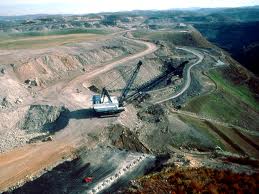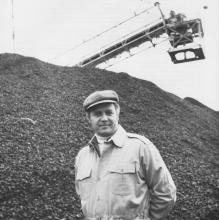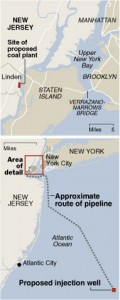
What was once a mountain. image courtesy of Appalachian Voices. AppVoices.org
Writing in the New York Times, here, Joe Nocera, says,
Sometime this summer, in Odessa, Tex., the Summit Power Group plans to break ground on a $2.5 billion coal gasification power plant. Summit has named this the Texas Clean Energy Project. With good reason.
The people behind this project want people to believe that the energy the plant produces is clean. Mr. Nocera continues.
Part of the promise of this power plant is its use of gasified coal; because the gasification process doesn’t burn the coal, it makes for far cleaner energy than a traditional coal-fired plant.
The plant doesn’t burn SOLID coal. It gassifies the coal, then burns the gas. It’s still burning the coal. Only this process uses energy to gassify the coal. It then uses more energy to capture and sequester 90% of the carbon. Think, Mr. Nocera, how can this make CLEANER? Answer: It Can’t and it Doesn’t. But it can – and does – make it more expensive.
And what about the Arsenic, Mercury, Uranium that are embedded in coal? And the processes that dig coal out of the ground? Refer to Appalachian Voices for more on mountaintop removal.


 According to Kate Galbraith, reporting in the
According to Kate Galbraith, reporting in the